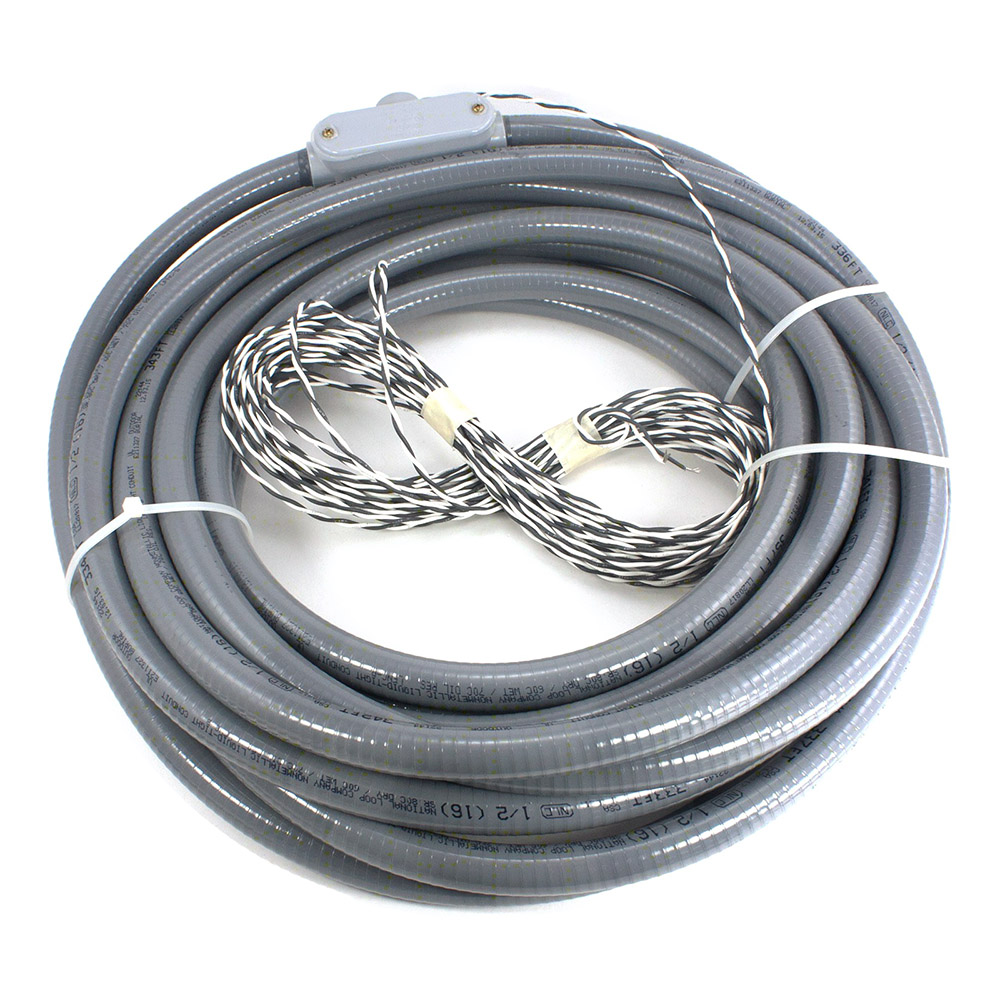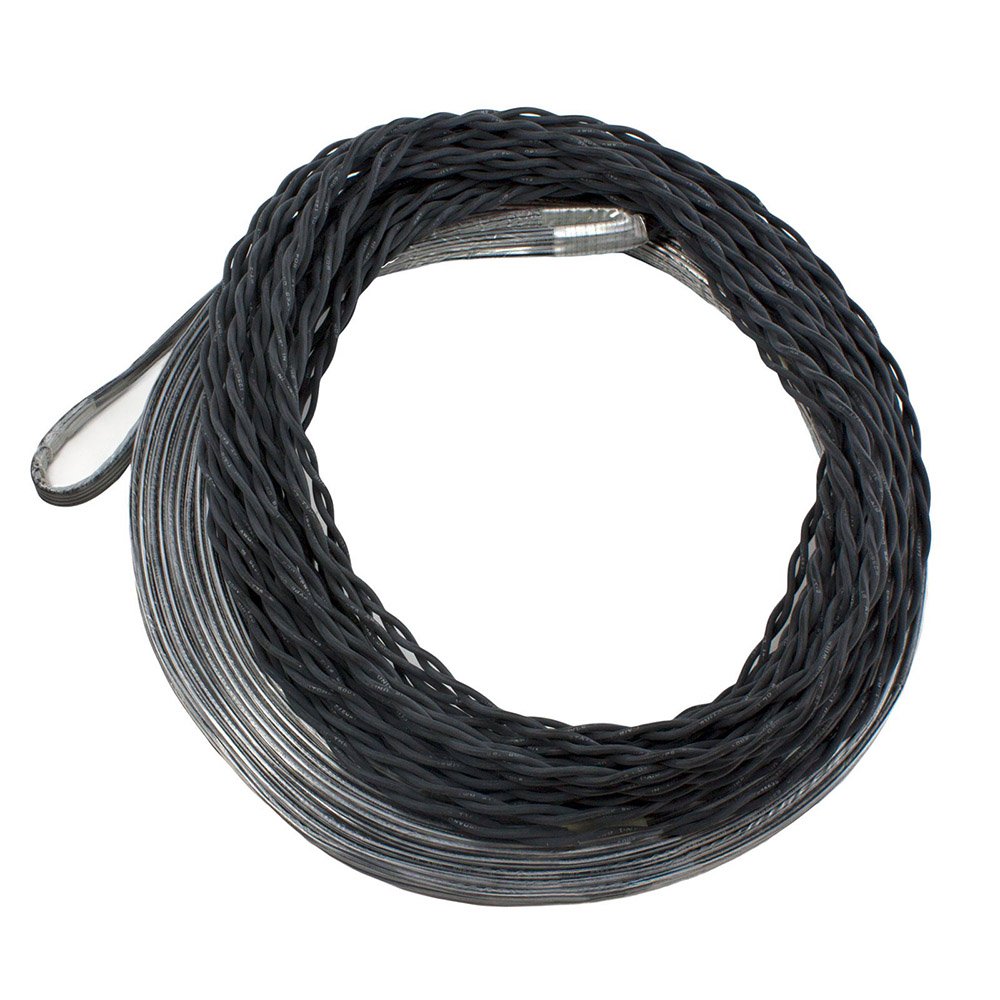Vehicle Loops: Direct Burial Loops

Direct burial vehicle loops are a specialized type of vehicle detection system used in various traffic management and access control applications. These loops are installed directly beneath road surfaces without requiring additional protective structures or enclosures. By utilizing advanced inductive loop technology, direct burial loops reliably detect the presence of vehicles as they pass over or stop within the loop's detection area. This detection capability triggers a variety of actions, such as opening gates, activating traffic signals, or logging vehicle counts. Designed for efficiency and long-term reliability, these loops are suitable for challenging environments, including newly paved roads, concrete installations, gravel areas, and more. Their rugged construction ensures that they can withstand harsh conditions, including ground movement, extreme weather, and chemical exposure, making them a trusted solution for both commercial and industrial applications.
Advantages of Direct Burial Loops
Direct burial loops offer significant advantages over other types of vehicle detection systems, making them a go-to choice for professionals in the industry. One of their primary benefits is their ease of installation. Unlike other systems that may require intricate setups or additional protective housing, direct burial loops arrive pre-assembled and ready for immediate deployment. This reduces installation time and labor costs, allowing projects to be completed more quickly and efficiently. Furthermore, their protective liquid-tight conduit shields the loop wires from external damage caused by sharp stones, shifting ground, or exposure to corrosive substances. This level of protection ensures long-lasting performance, even in high-traffic or industrial areas.
Another key advantage is their adaptability to various installation scenarios. Whether you are working with newly poured asphalt, concrete, or gravel, direct burial loops integrate seamlessly into the environment. This versatility makes them ideal for use in parking barrier gates, overhead doors, gate operators, traffic signals, arming devices, and vehicle counters. Their compatibility with a wide range of detection systems ensures they can meet the unique needs of any project, providing reliable and consistent results across applications.
Lead-In Length and Wire Gauge
Two critical factors to consider when selecting a direct burial loop are the lead-in length and wire gauge. The lead-in length refers to the distance of wire connecting the loop to the control equipment. This distance can vary significantly depending on the installation site, and choosing the correct length is essential to avoid performance issues or unnecessary slack. Common lead-in lengths range from 20 feet to 250 feet, offering flexibility to suit a variety of setups. Whether the control equipment is located nearby or at a more remote location, there is a suitable lead-in option available.
The wire gauge is equally important in determining the performance and reliability of the loop. Most direct burial loops feature 18-gauge wire with PVC insulation and a robust final jacket. This construction is specifically designed to maintain signal integrity over long distances, ensuring accurate vehicle detection even in demanding conditions. Selecting the appropriate wire gauge for your installation ensures that the loop operates at peak efficiency, providing reliable performance for years to come.
Frequently Asked Questions About Direct Burial Loops
Here are answers to some of the most commonly asked questions about direct burial vehicle loops:
1. What makes direct burial loops different from other types of vehicle loops?
Direct burial loops are designed to be installed directly beneath the road surface without requiring saw cuts or surface mounting. They are encased in a protective liquid-tight conduit that shields the wires from environmental damage, making them ideal for new construction or areas where cutting into the surface is not practical.
2. Can direct burial loops be installed in gravel or dirt roads?
Yes, direct burial loops are highly versatile and can be installed in a variety of surfaces, including gravel and dirt roads. Their protective conduit ensures that the wires remain secure and functional, even in areas with uneven ground or potential shifting over time.
3. What applications are direct burial loops commonly used for?
Direct burial loops are widely used in applications such as parking barrier gates, gate operators, overhead doors, traffic signals, arming devices, and vehicle counters. They are particularly suited for installations where new pavement or construction work is taking place.
4. How do I choose the correct lead-in length for my project?
The lead-in length depends on the distance between the loop's installation site and the control equipment. Measure this distance carefully and choose a lead-in length that accommodates the setup without leaving excessive slack. If in doubt, consult the loop supplier for guidance.
5. Are direct burial loops compatible with all loop detectors?
Yes, direct burial loops are designed to be compatible with most standard loop detectors. This ensures seamless integration with existing traffic management or access control systems, providing reliable vehicle detection for a variety of applications.
Contact Us
Whether you're looking for a Direct Burial loop for your commercial property or for your home, Vehicle Loops has you covered! We offer over 1500 different loops in different sizes, shapes, styles, and colors, and are happy to help you find the right solution for you. Contact our expert sales team for any more questions that you may have on Vehicle Loops today!
Contact Us



